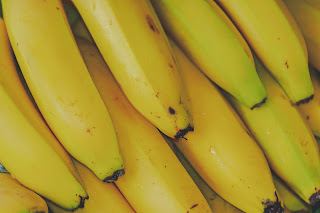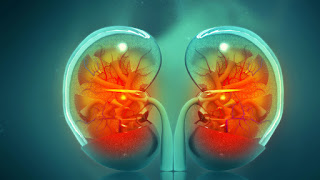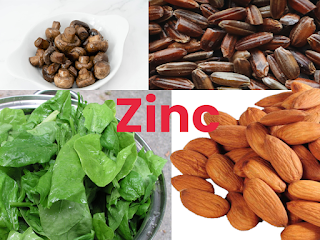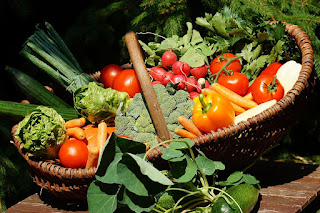Keystone State: A Glimpse of Pennsylvania
by Digyfindy
Tags:
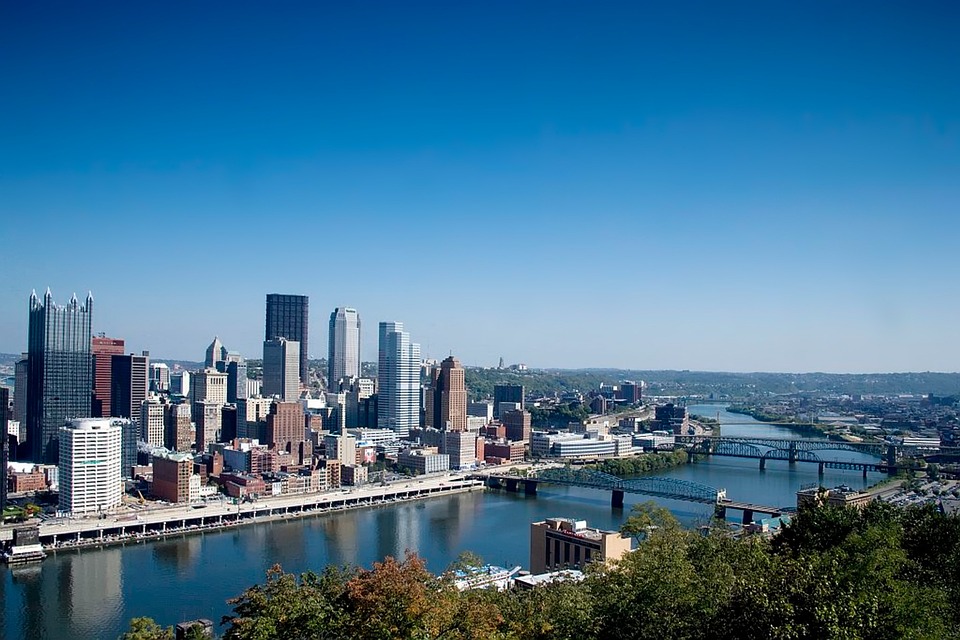
Pennsylvania, often referred to as the "Keystone State," is a state rich in history, culture, and natural beauty. Located in the northeastern United States, it was one of the original Thirteen Colonies and played a crucial role in the American Revolution. Philadelphia, the state's largest city, served as the nation's first capital and is renowned for its historical significance, including Independence Hall and the Liberty Bell.
Beyond its historical legacy, Pennsylvania boasts diverse landscapes, from the rolling hills of the Appalachian Mountains to the fertile valleys of the Great Valley. The state's economy has historically been driven by manufacturing, particularly steel production, but has diversified in recent decades to include industries such as healthcare, education, and technology. Pennsylvania is also a cultural melting pot, with a strong Pennsylvania Dutch heritage in the southeastern part of the state and vibrant urban centers like Pittsburgh and Philadelphia.
State Symbols
- State Bird: Ruffed Grouse
- State Flower: Mountain Laurel
- State Tree: Eastern Hemlock
- State Animal: White-tailed Deer
History and Culture
Pennsylvania, often referred to as the "Keystone State," played a pivotal role in the founding of the United States. William Penn, a Quaker, founded the colony in 1682, establishing it as a haven for religious tolerance and democratic principles.Key Historical Events:
American Revolution: Pennsylvania was the birthplace of American independence, with Philadelphia hosting the Second Continental Congress and the signing of the Declaration of Independence.
Industrial Revolution: The state became a major industrial center, particularly in steel production, during the 19th and early 20th centuries.
Civil War: Pennsylvania was a key battleground state, with the Battle of Gettysburg being one of the most significant battles of the war.
Cultural Diversity:
Pennsylvania is known for its diverse cultural heritage, including:
Pennsylvania Dutch Country: This region, located in southeastern Pennsylvania, is famous for its unique dialect, traditional crafts, and hearty cuisine. Urban Culture: Cities like Philadelphia and Pittsburgh offer a vibrant mix of arts, music, and culinary experiences.
Geography
Pennsylvania is a diverse state with four distinct geographic regions:
Appalachian Mountains: This region in the eastern part of the state is characterized by rugged mountains, forests, and scenic valleys.
Great Valley: A fertile valley running through the central part of the state.
Ridge and Valley: A region of rolling hills and valleys.
Plateau: A relatively flat region in the northwestern part of the state.
Economy
Pennsylvania's economy has historically been driven by manufacturing, particularly steel production. However, the state has diversified its economy in recent decades. Key industries now include:
Manufacturing: Still a significant sector, with a focus on advanced manufacturing and technology.
Agriculture: A major producer of crops like corn, soybeans, and wheat, as well as livestock.
Energy: A major producer of natural gas and coal.
Education and Healthcare: A growing sector, with numerous universities and healthcare institutions.
Government
Pennsylvania is a Commonwealth, with a government structure similar to other U.S. states. The state government consists of three branches:
Legislative Branch: A bicameral legislature composed of the Senate and the House of Representatives.
Executive Branch: Headed by the Governor.
Judicial Branch: A system of state courts, including the Supreme Court of Pennsylvania.
